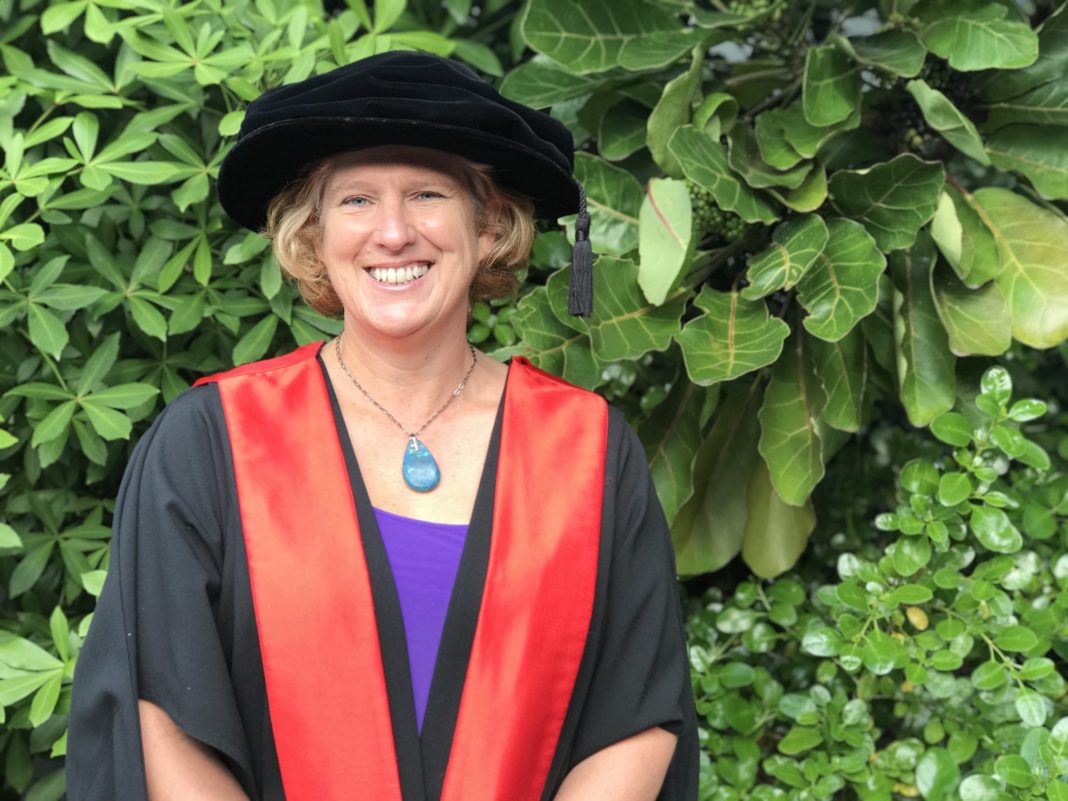Too much time is wasted trying to maintain doctor-led health services in rural communities rather than embracing nurse practitioners, believes nurse researcher Dr Sue Adams.
Adams, a senior lecturer at Massey University’s School of Nursing, graduated this month with her PhD that looked at the establishment of nurse practitioner (NP) services in rural primary health care. She interviewed 20 nurse practitioners (NPs) working in a diverse range of rural settings, along with other clinicians and rural health managers, about the development of the NP roles and how the NPs practiced.
Her research identified that fragmented health services and the ongoing policy focus on doctor-led care were limiting the ability to use the NP model as a way of improving and meeting the primary health needs of rural communities.
“Much time, energy and money is wasted endeavouring to maintain the status quo of doctor-led health services, rather than embracing a nursing workforce that has the enormous potential to transform primary health care services, increasing both access and health outcomes.”
She said her findings challenge health policy makers and funders to make clear plans to develop the nurse practitioner workforce as a cost-effective solution for New Zealand. “And an obvious solution to the current crisis around rural and small town services as the GP workforce disappears.”
Late last year Adams and her supervisor Professor Jenny Carryer also published an article in the Australian nursing practice journal Collegian that focused on Adam’s research findings about how the NPs and others described the nature of NP practice – and on NPs potential to be a “solution to transformative and sustainable health services” in primary health care.
The article said that it was clear that the nurses did not become NPs in order “to be more like or substitute for medical practitioners” and being able to diagnose, prescriber and order diagnostic tests just meant they could see “more patients in more circumstances” than before they became an NP. They said the NPs drew on their nursing background and sought to deliver a person/family-centred, collaborative approach to meeting the health needs of their communities and reducing inequalities in healthcare access.
But NPs also felt constrained by the “expectations imposed by funding or employment structures” with a number employed by privately owned general practices with many of those following an old-school acute model of primary care provision with short appointments for fee paying patients. “This private business model has perpetuated the domination of biomedicine using a reductionist approach to long term conditions that is unlikely to make significant inroads into the health of populations, nor to reducing health inequalities,” said the pair.
“Based on the findings of this relatively small study we suggest there would be value in further research to more closely assess the alignment between the transformative potential of NP practice, the goals of current health strategies and the employment structures or setting in which NPs are often required to practice work,” said the pair.





















